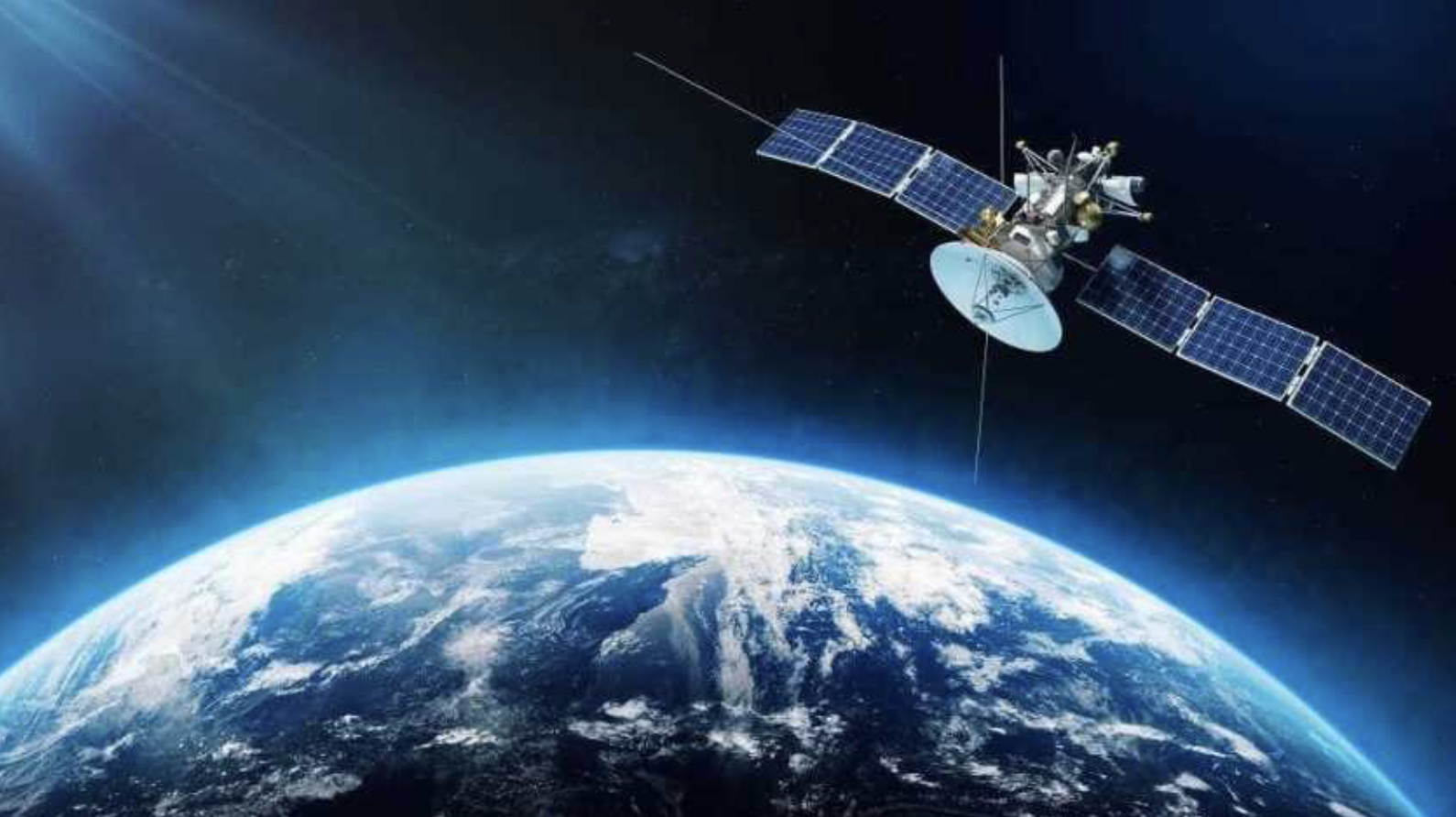Kenya launched its first earth observation satellite into space this Easter after 24 months of development by Kenyan engineers under the Kenya Space Agency.
The satellite weighs less than 10 kilograms and was developed using parts from a Bulgarian aerospace manufacturer. The two-year project cost Ksh 50 million, according to Patrick Mariru, PS for defence.
The satellite, dubbed Taifa 1, is expected to provide precise and timely earth observation data to support decision-making in agriculture and food security, mapping forests, and general environmental monitoring.
Kenya in Space station deal with China as US raises alarm
Taifa 1’s launch will be a milestone towards Kenya having its constellation of earth observation satellites. The satellite, a first of its kind in the country, will be launched aboard a Falcon 9 Rocket from Vanderburg base, California, on Easter Monday.
The North American launch facility is the nearest route to the orbits targeted by Taifa 1, according to Brigadier Hillary Kipkosgei, director general of Kenya Space Agency.
Designed and developed entirely by a team of Kenyan engineers, Taifa 1 is expected to spur the growth of satellite development capabilities of Kenya’s space economy.
Kenya launched an experimental satellite in 2018 for capacity building but has since been deorbited. Like many African countries, Kenya currently relies on foreign satellite images with limitations.
How new NASA, SpaceX mission may lead to first human landing in Mars
“So far, most satellite imagery used in the country is foreign. And it’s not cheap as it comes. The free ones are of low resolution,” said Brigadier Hillary Kipkosgei.
He added that Taifa 1 would take satellite images for Kenya by July this year when the ground station for image processing will be commissioned. The station is currently under construction in Kasarani.
The small satellite will provide crucial data to monitor vegetation, enable the country to prepare for disasters, and boost Agriculture.
“The satellite will provide accurate weather forecasting information for up to 14 days. Farmers can access this information by clicking a link, where they will be prompted to input their county, sub-county, and ward. They can then see accurate weather forecasts of up to 14 days,” said Kipkosgei.
The principal secretary for defence, Mr Patrick Mariru, said the launch will be a significant milestone for the country, especially as Kenya will join 12 African states who have successfully launched satellites into orbit.
The PS also hinted at an ongoing process to draft a bill to regulate space science regarding data collection, analysis, governance, and private sector involvement.
“Space is the new frontier for technological advancement. Taifa 1 is the first step by the government to exploit opportunities in the utilization of space science technologies and applications in our national socio-economic development and the improvement of the well-being of our people. The anticipated launch is our moment of national pride, and we shall look forward to a successful launch”, said Mr Mariru.
Kenyans will be able to watch the satellite’s launch into space through a live link on the Space X website. Taifa 1 will be used for five years, after which it is expected to degrade in performance.
Did you love the story? You can also share YOUR story and get it published on Bizna Click here to get started.




